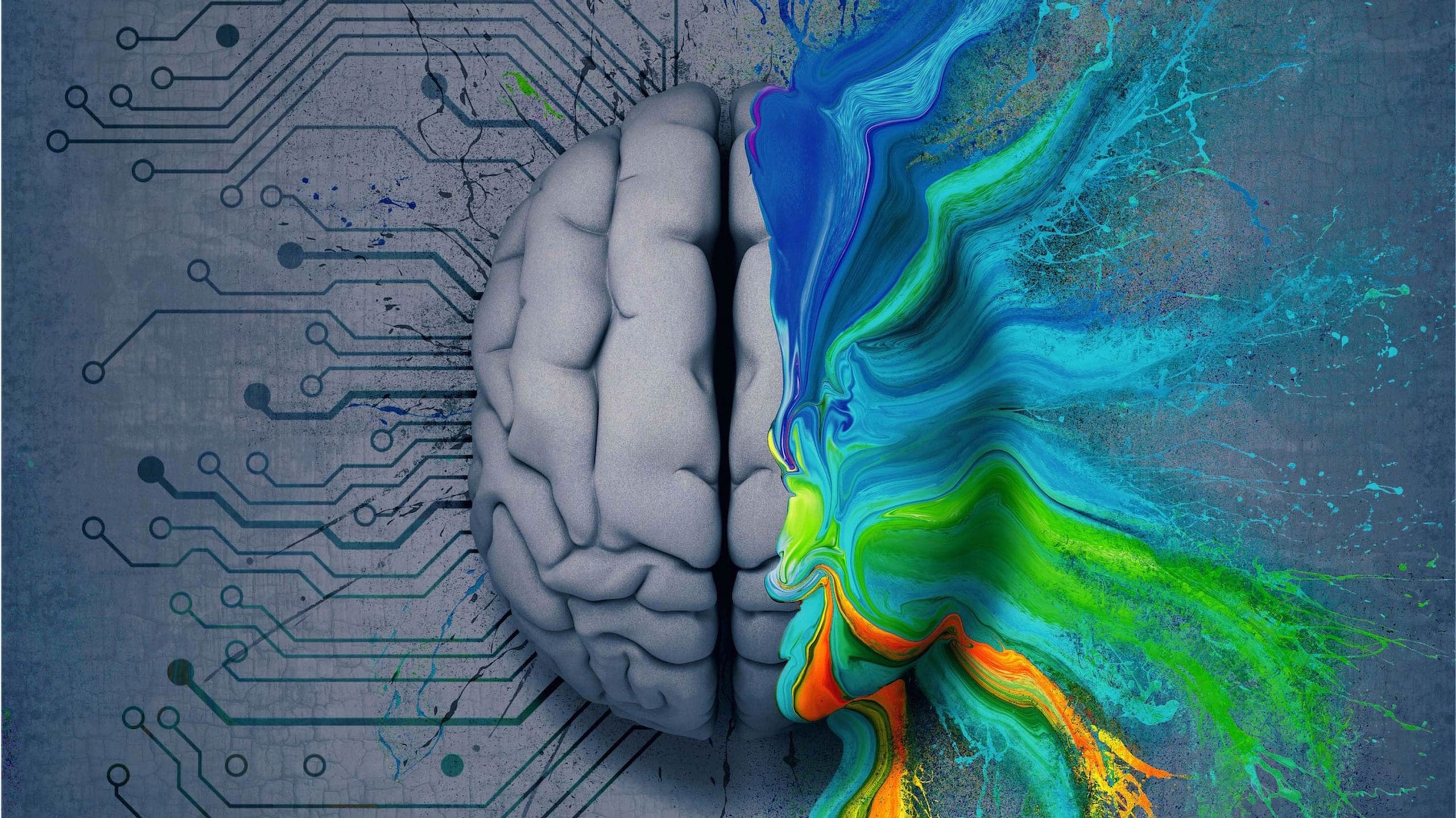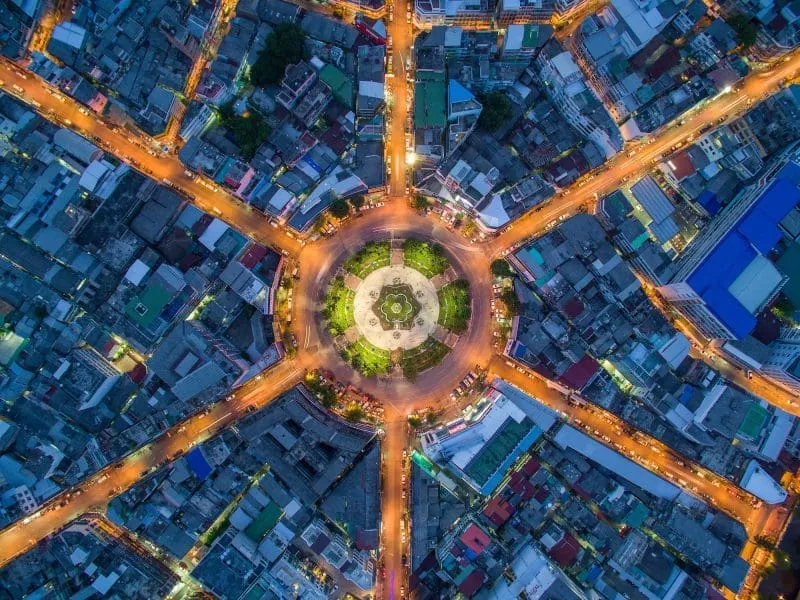Insight
The AI backlash
Rik Haslam, Executive Creative Partner at Brandpie, explores the big backlash behind generative-AI creative work and three AI trends for the year ahead.

Everyone and their dog had an opinion about AI in 2023. If my LinkedIn feed is anything to go by, it seems like we’ve all been transformed into AI-powered artists inflicting our prompt-directed creations on anyone bored or foolish enough to waste hours of their lives scrolling past productivity tips and humble-brags about awards nobody really cares about.
This deluge of Midjourney and DALL-E generated ‘art’ led to predictable claims that everything was about to change; that an AI-inspired revolution in advertising was at hand; that creativity would never be the same again.
Perhaps. With Adobe, Getty Images and other large platforms introducing text-to-image generation capabilities, on the surface it certainly seemed like the dawn of a new age.
Except…
Tools change, but deep-rooted human behaviors and desires don’t. Or if they do, they evolve at a glacial pace.
Creativity inspires and engages us when it reveals an unexpected truth, gives us a new perspective, or delights us with its originality. While AI-generated images and videos certainly mark a remarkable advance in what technology is capable of, I’d argue that they currently represent only a simulation of creativity. And that while at first glance these outputs have the power to impress, the novelty soon wears off. Indeed, I suspect that before too long these types of AI-generated objects will not just seem passe, but will start to evoke negative feelings.
My hunch is that during 2024, we’ll see three main things happen regarding creativity and AI:
One: an explosion in AI-generated creative
On one hand there’ll be an explosion in mass-produced AI-generated creative work, flooding low-cost ad units in programmatic media and social.
Alongside this multiplication of lowest common denominator dross (otherwise known as ‘content), I’d predict more and more people using ad-blockers and further revelations about ad-fraud as business leaders and marketers become increasingly savvy about the limitations of ad-tech platforms, the waste of budget on imaginary impressions, and even the damage to brand-equity of bad ads.
Two: a demand for ‘real’ work
In parallel, I believe there’ll be a rising appetite among consumers for ‘real’ creative, for work that’s been crafted by humans and has a ‘provenance’ that stamps that work as high-quality.
The type of work that creates real connection, that isn’t just a simulation of creativity, but has a truly original idea at the heart of it. Think of this as Authentic Intelligence. This hunger for ‘real’ communication may separate premium brands from their competitors.
Three: the integration of AI in workflows
Finally, and probably more importantly in terms of lasting change, I expect 2024 to be the year where every designer, art director, writer, filmmaker, animator, and coder uses these AI tools as an integrated part of their creative process. And this is where AI will have its biggest impact – not as a gimmick that can help create an image of the Pope as a gangster, but as an augmentative capability that helps original thinkers get from idea to execution at pace.
Share this page


